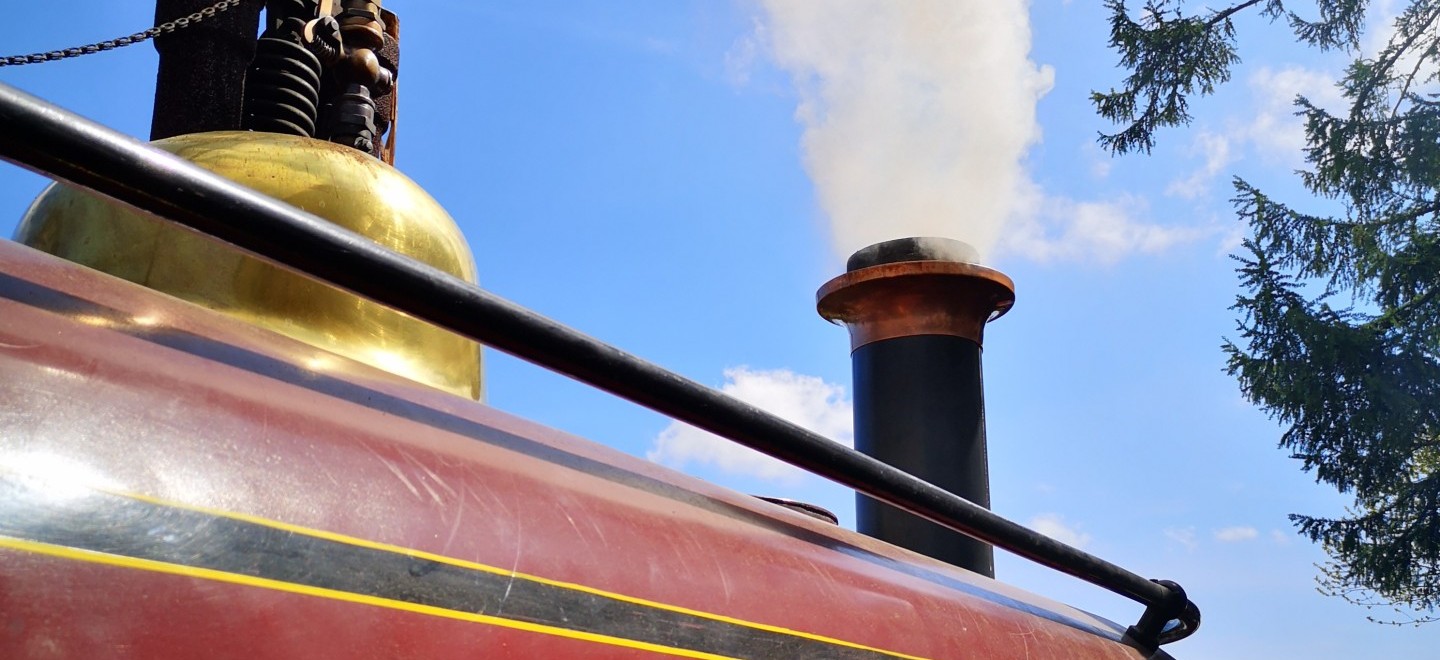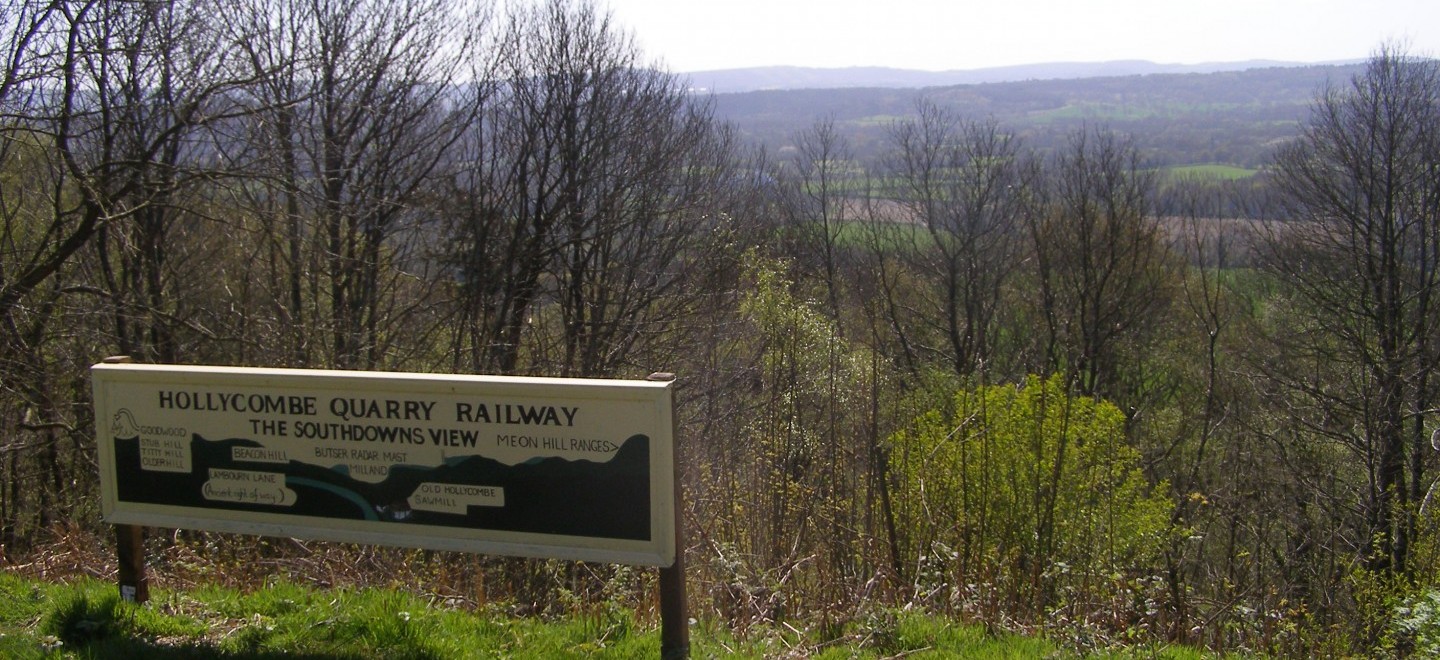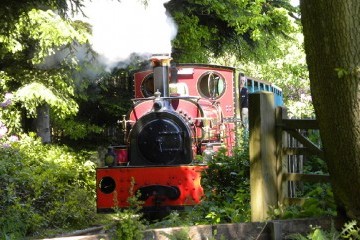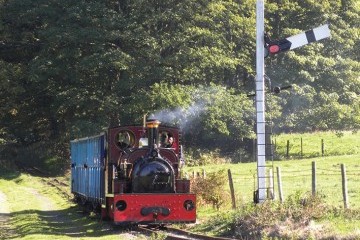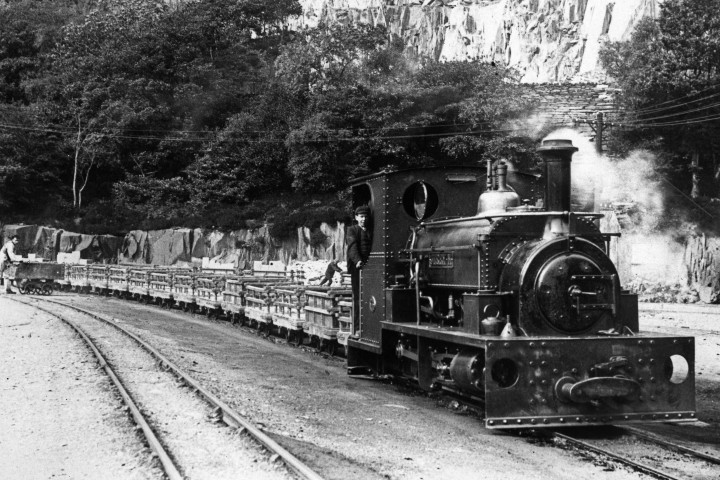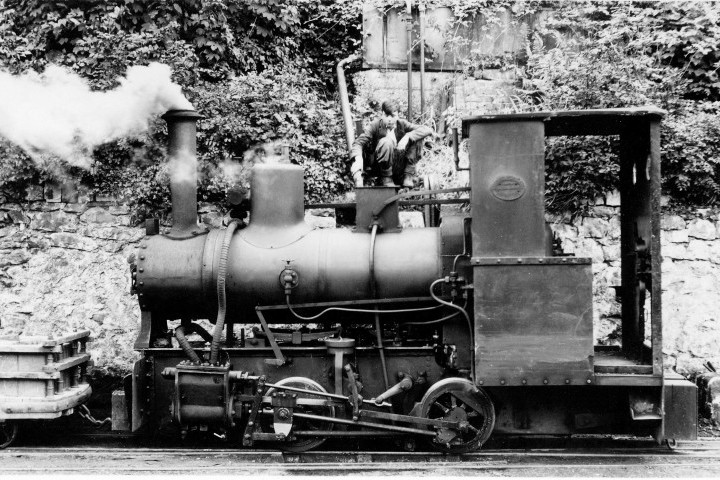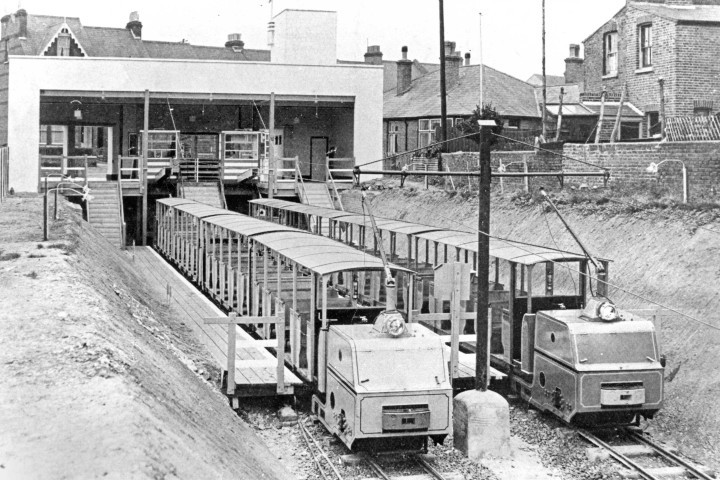Narrow gauge railways
Hollycombe’s 2ft, narrow gauge, Quarry Railway was built as a tourist attraction in the 1960s, but its locomotives and rolling stock are no less historic for that.
Narrow gauge railways have fulfilled important roles throughout the 19th and 20th centuries. They were an essential part of moving supplies to the front during World War One, where muddy conditions meant horses or motor vehicles could not be used.
They also provided vital transport for industry where standard gauge railways were either too big or too expensive to build. This is particular true of the Welsh slate quarries where a narrow gauge railway could wind through the hills and mountains, with tight bends, to transport slate from the quarry to the coastal ports.
